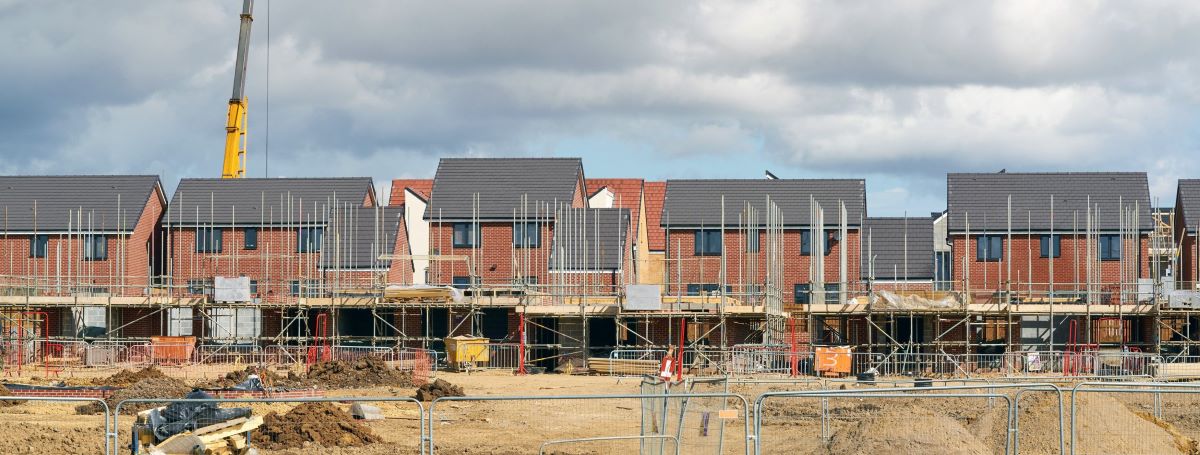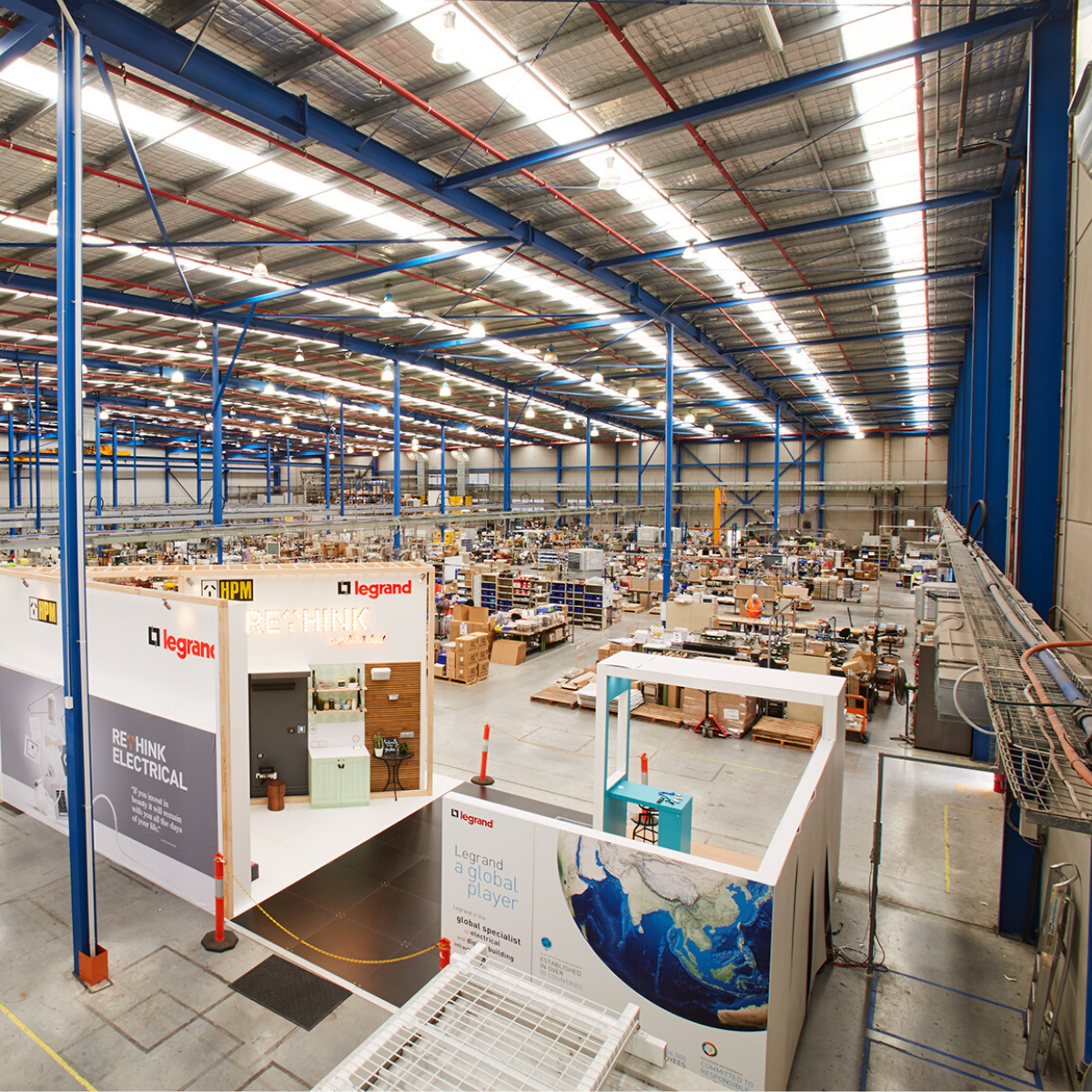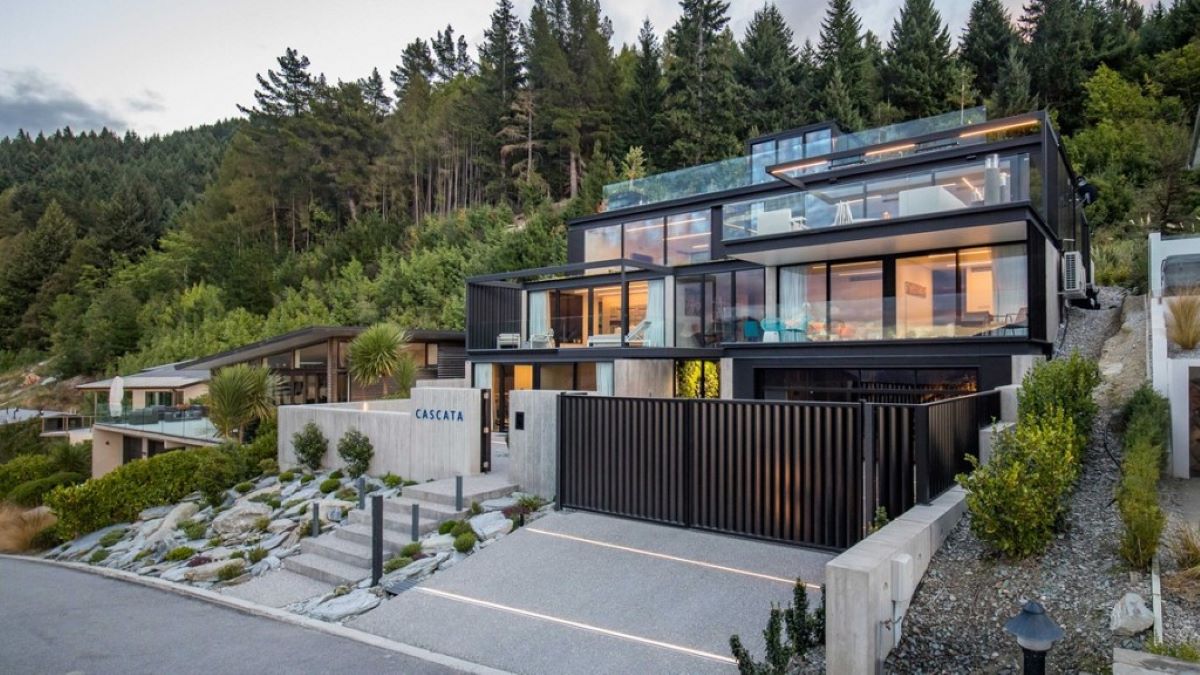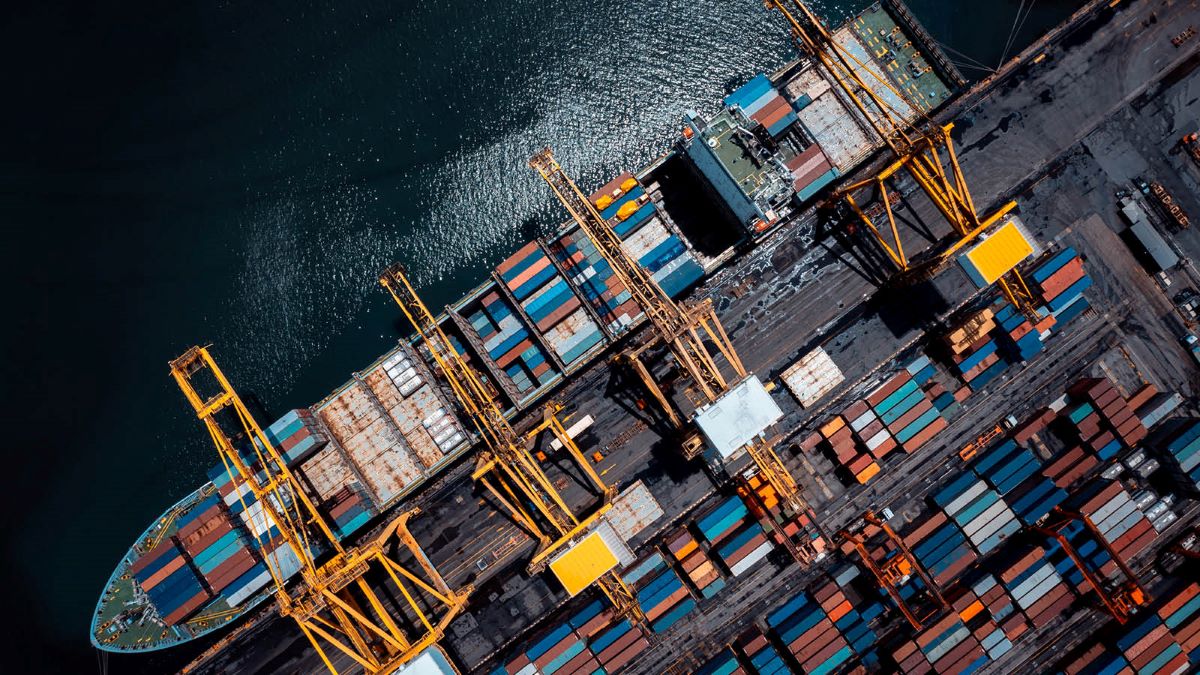Local suppliers steady despite global trade turbulence rattling supply chains, raising costs, and adding pressure to an industry already under strain.
Global markets are reeling from the latest U.S. tariff decisions, as legal battles and policy shifts throw international trade into disarray. As Industry Insider goes to press, further legal challenges have thrown a blanket of confusion over the entire Trump tariff plan – and a trip to the Supreme Court seems likely before any clarity can be achieved.
Just last weekend, President Trump’s announcement to double tariffs on steel and aluminium sparked widespread concern and confusion among international trade partners, with the European Union warning it undermines ongoing negotiations and threatens higher costs for consumers and businesses.
The EU has signalled possible countermeasures, while UK officials are seeking urgent clarity as the move jeopardises a recently agreed UK-U.S. trade deal, with UK steelmakers describing the decision as a “body blow” to the industry and warning of cancelled or delayed orders.
For New Zealand’s construction industry, the impact is being felt in various ways by different suppliers. Thankfully there’s no sense of crisis as there is in some overseas markets, but fluctuating costs, shipping disruptions, and a general sense of unease are clouding the forecast for the months ahead.
Supply Chain Stays Strong
For New Zealand, a small but globally connected market, tariff disruption is muted but real. Julien Leys, Chief Executive of the Building Industry Federation of New Zealand, says there’s a lot of wait and see going on.”
“There’s certainly a degree of uncertainty throughout the building and construction sector in terms of what the impact of those tariffs is going to mean. And that is making people defer decisions,” he says.
“While 90% of building materials that come to New Zealand via international markets, including the US, we predominantly import most of our materials from Australia and Asia. So for us the impact is more on the export side,” he says.

New Zealand does export some high-value, niche products to the U.S., such as steel, aluminium, wood products and technology. While these have been impacted in various ways by across the board tariff increases, Leys says there are some opportunities as well.
Aluminium exports from New Zealand to the United States are subject to a 25% tariff (under Section 232 of the Trade Expansion Act of 1962), plus an additional 10% – but this compares favourably to the total effective tariff for Chinese aluminium into the US of approximately 170%.
“I know one member has actually ended up sending more aluminium products to the US. They’ve actually found that the issues around tariffs on steel and aluminium products have benefited them. So it’s not all bad,” he says.
Leys warns that uncertainty is compounding cost pressures at home, citing the “77% increase in port access fees at Ports of Auckland from 2026 and freight costs that “ultimately will be passed on to the consumer or the homeowner.”
“Economically, it’s a tricky time anyway, and all this is ultimately just adding to the cost pressures on the sector,” Leys says.
Raw Materials Ok, Shipping Delays Possible
Jeff Butler, Country Manager for Legrand New Zealand, a major supplier of electrical and data products, echoes Ley’s caution:
“From a supply chain point of view, everything seems to be okay at the moment. The odd issue has popped up where we had to source an alternative product due to impact from the U.S., but it’s very minimal at this point.”
Butler is keeping a close eye on shipping, noting that the current 90-day tariff exemption could potentially disrupt deliveries.
The 90-day exemption is a temporary measure allowing certain aluminium products to enter the US without the usual tariffs, designed to ease supply chain pressures and stabilise pricing – though it expires in August at the end of the three-month period.

“What’s happening is that all the shipping companies in the world are reallocating their shipping resources – sending spare ships off to fill up in China and get them to the US within that 90 days.
“So, if they don’t need a ship, they can divert it to get significantly higher rates from China to the US during this window, that’s exactly what they’re doing.
“This could impact the capacity to Australia and New Zealand over the next few months if the shipping line decides to divert to China-US route, cancelling that service to little old New Zealand’,” he says.
So, is Butler seeing stockpiling to prepare for potential supply chain disruption?
“Not at this stage. We obviously ramped right up after COVID and the peak in 2022/23, but things have settled down a bit since then. So, we haven’t anticipated any major shortages yet, but we’re obviously keeping a close eye on it.”
Butler says it’s the uncertainty and fluctuating value of the US dollar that’s the most pressing issue.
“Obviously it caused a bit of a shock when the dollar dropped down to the low fifties. But then it settled back to around 59c, 60c, which is okay – that’s where it was 12 months ago.
So is Butler anticipating having to pass on any price rises at the moment?
“We did a small one in April based on previous months – we don’t tend to react quickly, we prefer to be more constant and react when necessary,” he says.
Aluminium, Glass, and Dollars
Nick Youngman, CEO of Altus, a leading aluminium window and extrusion manufacturer, is watching the news carefully but is cautiously optimistic.
“We’re a large-scale operator in the New Zealand market when it comes to windows and aluminium extrusion, and we pay for metal on the London Metals Exchange. So we are exposed to that exchange and the currency, and there’s been some volatility in that.”

He described the current market as being amidst a period of change.
“We’re seeing instability costing us more in total, but not actually for any good reason or long-term reason,” he says.
Youngman says Altus has had to pass on a price increase in May while absorbing other cost pressures where possible.
“The glass market is very dynamic at the moment. One provider we don’t currently deal with has increased their prices, but on the other hand, we’ve also seen other providers being very dynamic and aggressive with their costings as well.”
On the shipping side, Youngman acknowledged that things are happening around where the empty containers sit or are picked up around the world. “We’ve only just started to see it. That’ll affect all sorts of ancillary OEM products that go into our windows, and we think the impact of that is yet to be fully understood,” he said.
But overall, Youngman is cautious but confident.
“I think New Zealand’s reasonably isolated from the real fallout. And it seems as though the New Zealand government’s playing a steady hand – where other governments seem to be in a more combative mode with the US, which is somewhat more difficult to navigate.”
Showers, Magnets, and the Unexpected
Tony de Ruiter, Managing Director of bathroom and shower supplier Clearlite, says the uncertainty is real but in control for now.
“It’s impacting us, but not in a huge running-out-of-stock way or huge increase-in-cost way.
“We’ve got one instance where we can’t get magnets out of China. Our local supplier buys a magnet for shower doors, and they’re not shipping that for some reason related to the tariffs, we think. So we’re having to explore air freight options for that,” de Ruiter says.
Yet paradoxically, Clearlite is also seeing orders arriving early and with shorter lead times than normal.

“Suppliers who I suspect are maybe twiddling their thumbs because of the lack of American demand are shipping orders early. So if anything, we’ve got a challenge with having to manage the suppliers to say, “Hang on a minute, we’re not ready for that yet.”
Cancelled orders for the US market have the potential to disrupt other markets, with suppliers seeking alternative markets for excess products. So, is de Ruiter anticipating a flood of marked-down stock entering the NZ marketplace?
“A little bit, yes. You’re always getting bombarded by a reasonable number of cold calls from potential suppliers, but the rate at which those have been coming has heated up quite considerably.”
But de Ruiter points out, the exchange rate plays the largest role in the current disruption.
“When Trump initially started playing around with tariffs, we saw the cross-rate (NZD/USD) tank considerably, down from the early sixties to 56. It’s now bounced back up to 60, so that’s settled down. We have forward cover for that…
“We’ve also taken control of the freight element – using our forward cover to pay the cost of the freight in the US rather than paying the spot rate, which has been so fluctuating.”
Tony de Ruiter says that the current turbulence is unwelcome on top of an already flat local market. But he says it’s just another challenge among many.
“Still, the sector in general is robust – it’s just another headwind.”
Sealants Steady
For Sika, a major supplier of industrial and construction sealants, the situation is relatively steady. Nick Thorburn, Sika Business Manager for Distribution, says, “Compared to what we were dealing with during the Covid era, we really don’t have a lot to complain about.
“We are still seeing the occasional delays with trans-shipping, and we note that there are shipment delays ex-Antwerp due to current congestion. But, for the most part, our forecasting allows for enough safety stock to deal with any delays,” he says.
Thorburn also says that price pressure isn’t out of line with expectations. “There is always pressure (inflationary, general costs, exchange rates, etc), but thankfully we’re not seeing the volatility that was present a few years back.”
So, are price pressures and potential supply chain issues causing customers to shift their demand to local suppliers?
“I think anytime that we see a general flattening of the market, it’s only natural that companies will shop around for alternatives. Sika is relatively resilient with a number of different product solutions available and a real focus on providing value for the end user,” he said.
Looking Ahead
For now, New Zealand’s construction industry is holding its breath, being cautious and adaptive, and hoping for stability. As Leys says, “The key impact of tariffs is uncertainty. But I think people are starting to say, “Whatever’s going on overseas, we just have to get on and build stuff in New Zealand.
“We’ve got a heap of infrastructure to get on with and 3000 homes to build. So let’s build our way back to recovery.”

